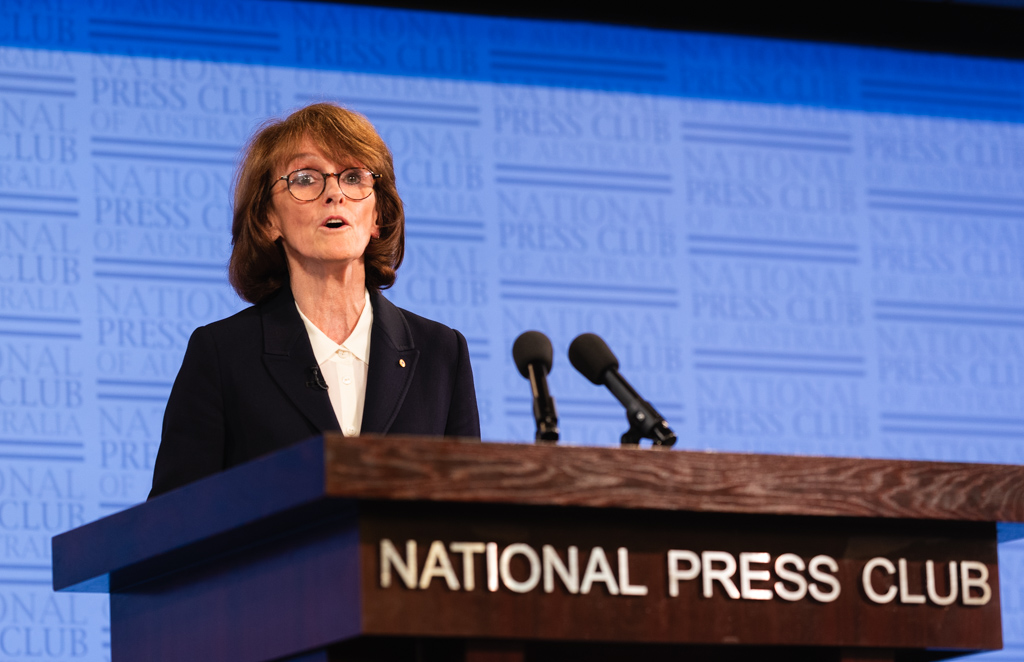
The shift to Open Access is on – with CSIRO declaring the start of a several-years process to embrace the model – which aims ‘to democratise science by ensuring research is available to everyone, not just those with journal subscriptions.’
CSIRO’s announcement foreshadowed a National Press Club address by Dr Cathy Foley, where the new Australian Chief Scientist identified four critical issues, including the improvement of open access to research.
The move to Open Access has been kickstarted with CSIRO entering several ‘read and publish’ agreements – aimed at allowing audiences to access content featuring CSIRO science for free – with publishers including the American Institute of Physics, Company of Biologists, Royal Society of Chemistry, Microbiology Society, Royal Society and Elsevier.
“At a time when people around the world are turning to science for answers, we’re proud to be making more and more of our published research openly available,” CSIRO Acting Chief Scientist Dr Sarah Pearce said.
“In this way, everyone can read the science themselves and increase the impact of our research.”
CSIRO Publishing – an editorially independent, not-for-profit business unit within CSIRO – will also enter into similar Open Access arrangements by signing a number of agreements with the Council of Australian University Librarians (CAUL) member institutions, as well as with CSIRO itself.
“We must maintain the very highest standards of peer review and publishing practices, so finding a viable way to transition the model for journal publishers, like CSIRO Publishing, towards Open Access is exciting,” Dr Pearce said.
“We can expand the reach of the outputs of scientific research while ensuring scientific integrity is protected.”
Meanwhile, in her first major speech as Australia’s Chief Scientist, Dr Foley nominated Open Access as one of “four critical foundational issues” that will form a focus during her tenure.
“Australia lags some other nations in regard to open access, with well over half of Australian academic papers requiring a payment to access… caught behind a paywall, it can cost $50 to access a single research paper.
“This makes it really difficult for the Australian community to find research on, say, a rare disease, or climate change.”
Dr Foley described improving access to information as “the great enabler for innovation and for research commercialisation.”
“There is substantial interest in developing an Open Access Strategy in Australia, and it is something I am closely considering.”
